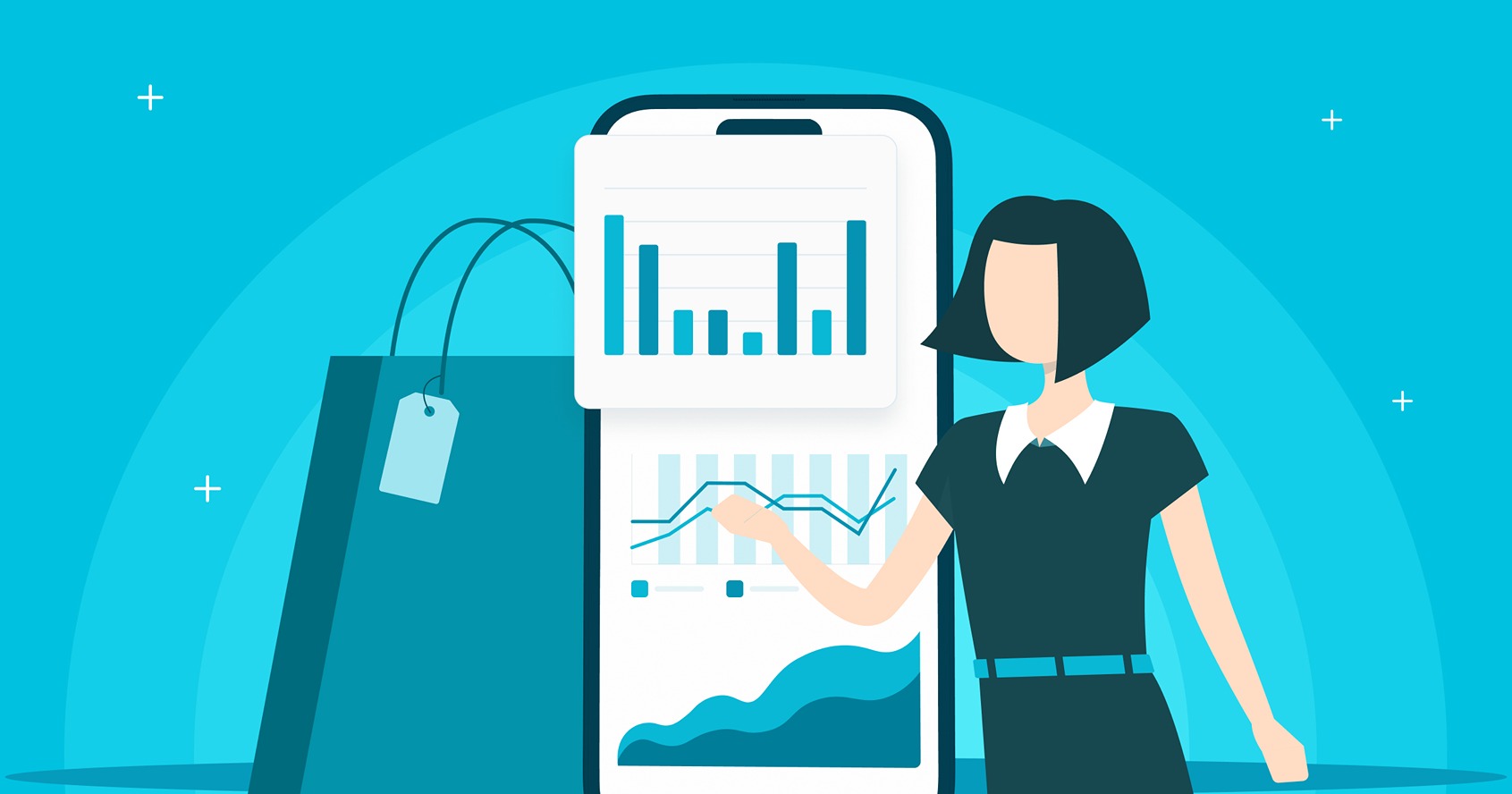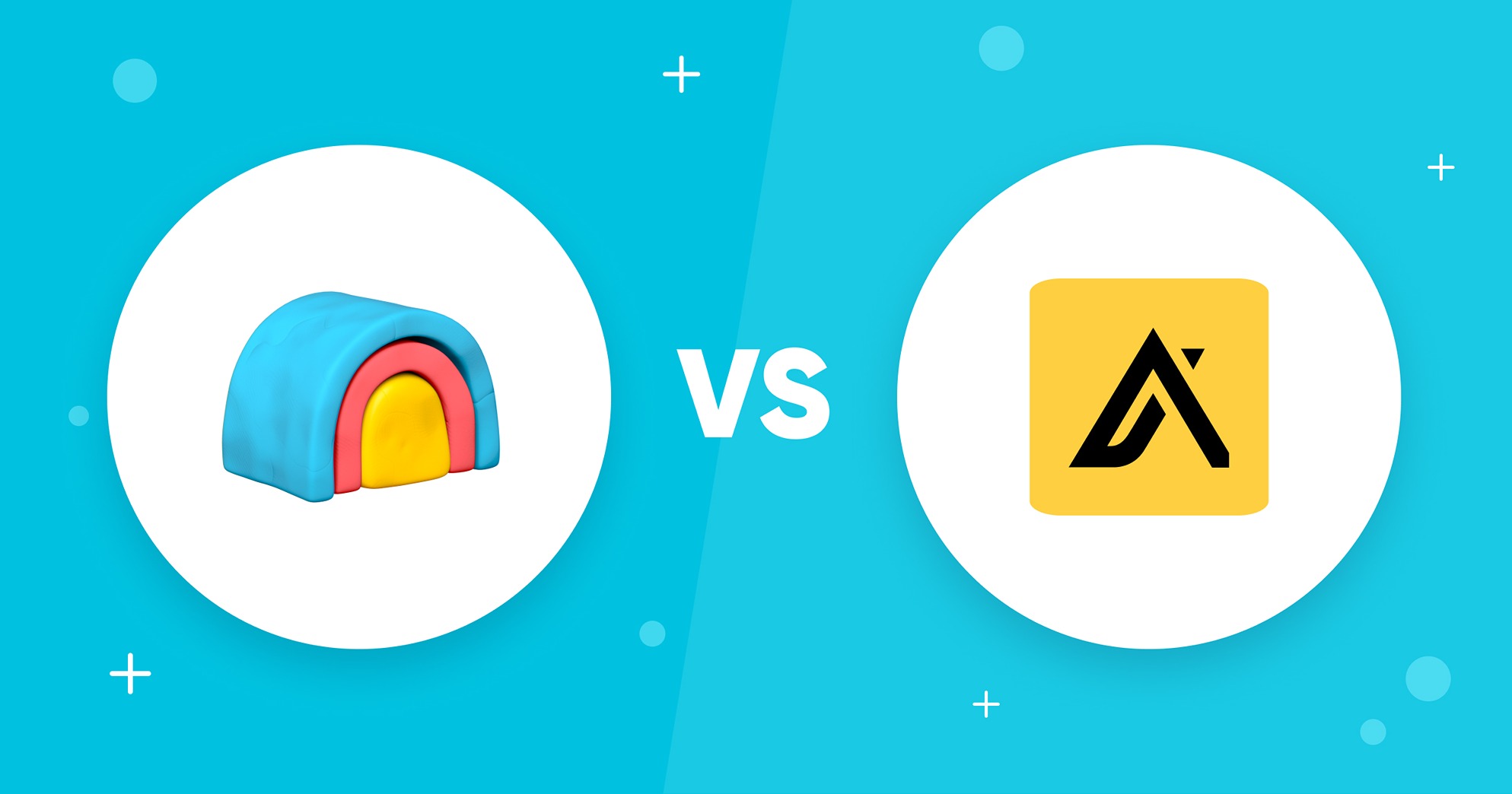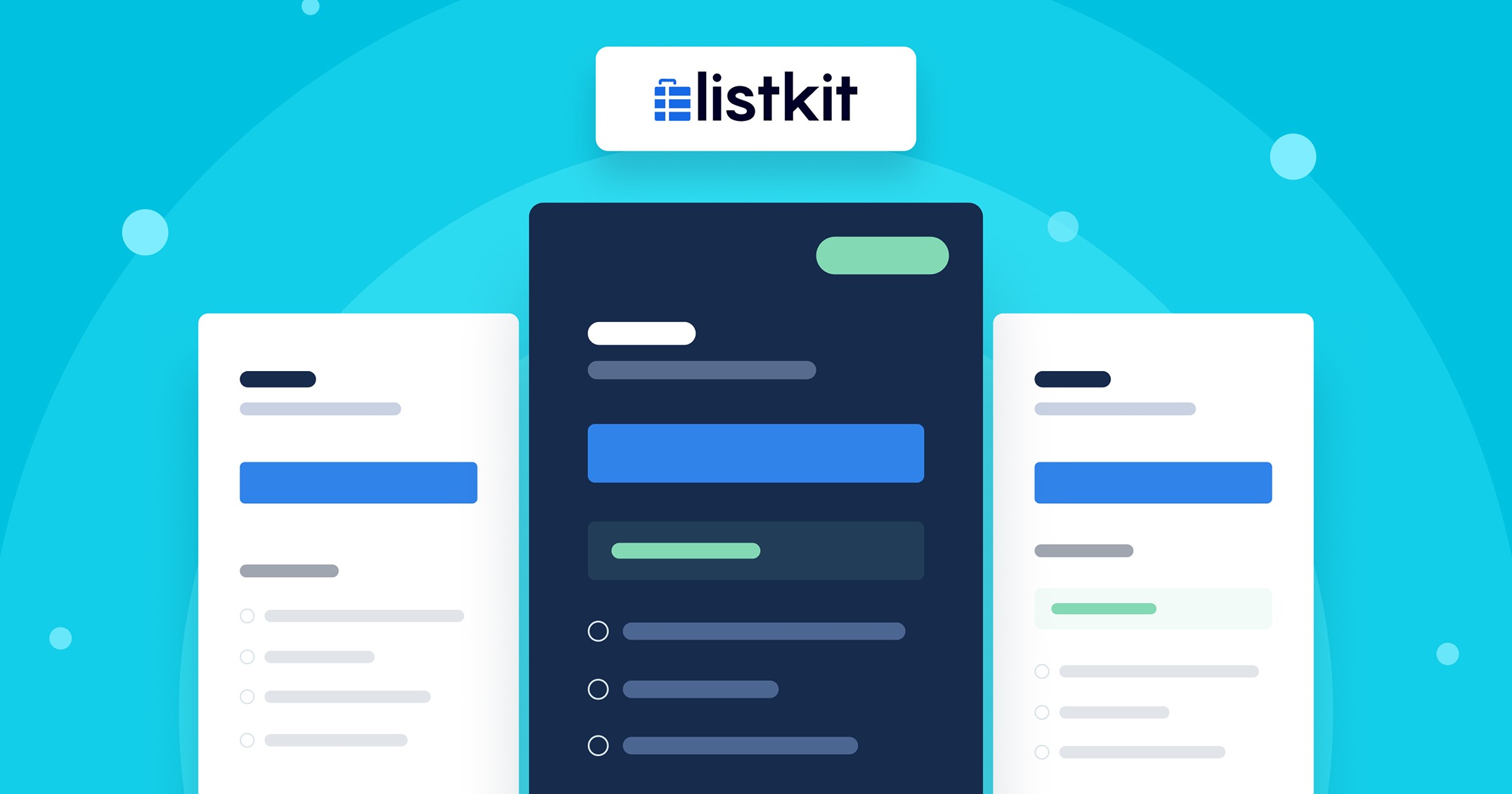Account-based marketing (ABM) and lead generation are two fundamental pillars of B2B marketing. Whether you’re new to B2B marketing or have spent your entire career in the marketing field, you’ve likely run across these two methods of lead generation. But what are they, and which one is right for your business?
In this article, we’ll walk you through the fundamentals of account-based marketing and lead generation, their primary differences, and some real-world examples to ultimately help you decide which is right for you. Let’s dive into ABM vs. lead generation!
What is Account-Based Marketing?
Account-based marketing is taking a narrow to wide approach to B2B marketing. Rather than casting a wide net to identify potentially qualified candidates, account-based marketing starts with identifying a target account. Typically a very large enterprise, these accounts will have been vetted and reviewed prior to pursuing. Once selected, key individuals within the organization are identified and the outreach begins.
The next step is to pick your target and then figure out who are the key players in that company and who you should be reaching out to.
It’s all about personalization and building relationships with the right people. That’s why you can improve your success rate with the right ABM strategies if you play your cards right.
What is Lead Generation?
Lead generation is the opposite – by starting with a wide range of potential leads (likely across many different businesses and potentially different industries), sales and marketing teams have a large contact pool to review. Typically pulled through databases like UpLead, these lists have preset criteria that give the team a good foundation to start outreach. From there, sales teams can engage with prospects, nurture relationships, and close deals. It’s more about quantity at first, then narrowing down to the quality leads as you go.
How do ABM and Lead Generation differ?
ABM and Lead Generation differ in many ways (as we’ll explore), but the fundamental difference is the overall marketing approach. ABM starts off with a narrow selection, and lead generation casts a wide net.
| Account Based Marketing | Lead generation | |
| Target Audience | A small pool of decision-makers | Wider audience |
| Approach | Super-targeted | Casting a wider net |
| Personalization | A high degree of personalization | Personalization is at a superficial level |
| Metrics to Track | Account engagement metrics | Volume focussed metrics |
| Objectives | Land high-value clients | Fill the top of your marketing funnel |
| Marketing Channels | Direct, personalized outreach | Broader channels like email and social media |
| Tools to Use | Tools like Terminus or 6sense to track engagement | Tools like UpLead or HubSpot to build large contact lists |
| Scalability | Difficult | Easy |
Now that you’ve got a fundamental understanding of how ABM and lead generation approaches are different, let’s take a look at some other key differences between the two methods.
Target Audience
ABM goes after a few specific high-value accounts, while lead generation casts a wider net.
Account-based marketing
ABM focuses on a few key accounts—usually big companies that are worth the effort. You’re not targeting just anyone; you’re going after specific businesses that have been researched and vetted.
According to ITSMA, 72% of marketers say ABM delivers higher ROI than any other marketing approach.
It’s a strategy designed for high-stakes relationships, where you focus on landing big accounts.
Lead generation
Lead generation is more like fishing with a big net. You’re not as picky about who you target initially. So, naturally, you gather a large pool of leads across different industries or businesses.
Once you’ve collected a broad list, you sift through them to find the most promising candidates. Yes, the process can be lengthy and resource-intensive, especially if you don’t do it right.
In fact, according to HubSpot, 61% of marketers say lead generation is their top challenge.
It’s about quantity first, then narrowing it down to quality.
Approach
ABM takes a super-targeted approach, while lead generation is all about volume.
Account-based marketing
With ABM, your approach is personalized and strategic. You start with a specific list of accounts, and each one gets its own custom campaign. That means personalized emails, tailored content, and even bespoke ads—all designed to resonate with the specific pain points of that one company you’re targeting.
This method isn’t cheap, but it’s super effective.
According to Forrester Research, ABM companies report a higher ROI than traditional marketing.
Lead generation
In lead generation, the approach is broader.
Think email campaigns, content marketing, and social media outreach that are designed to appeal to as many potential leads as possible. You’re working on generating interest and gathering contact details, which are then nurtured down the funnel.
It’s no wonder that according to HubSpot, 16% of B2B marketers say that lead generation is their primary marketing goal.
It’s less personalized, but hey, it gets your foot in many doors. And you can find plenty of sources to get free leads!
Personalization
ABM is all about one-on-one personalization, while lead generation tends to be more general.
Account-based marketing
ABM takes personalization to a whole new level.
You’re crafting content and messaging specifically for the key decision-makers at each target account.
The 2022 ABM Census found that 65% of marketers surveyed grew their existing accounts because of this hyper-personalized approach.
Whether it’s custom case studies, industry-specific reports, or personalized email outreach, ABM is all about making the account feel special.
Lead generation
Lead generation is more about semi-personalized messaging.
Sure, you might segment your audience by industry or company size, but you’re not examining each account’s unique challenges.
It’s more about delivering relevant content based on general buyer personas. Since you’re speaking to a broader audience, personalization is typically more surface-level.
Metrics to Track
ABM looks at engagement within key accounts, while lead generation focuses on volume and conversion rates.
Account-based marketing
In ABM, the key metrics are all about account engagement. How many decision-makers from your target accounts are engaging with your content? Are they attending webinars, downloading whitepapers, or interacting with your sales team?
The goal is to see deep engagement within a small number of accounts. According to a survey, 44% of companies use target account revenue generated as a metric to measure ABM success.
Lead generation
Lead gen metrics are more focused on volume.
How many leads are you capturing? What’s your conversion rate from lead to qualified opportunity? The key numbers here are typically cost per lead, conversion rates, and the overall number of leads captured.
The average conversion rate from lead to customer is about 2-5%, so the focus is on improving that stat through better nurturing and follow-up.
Objectives
ABM aims to land high-value accounts, while lead generation is about filling the top of the funnel.
Account-based marketing
With ABM, the main objective is pretty straightforward: land the big fish.
You’re investing the time and resources to secure major accounts that can significantly impact your revenue. You don’t care about the volume; you care more about quality and long-term value.
When you implement this strategy correctly, you reap big rewards. According to ITSMA, 74% of companies employing the ABM program drive significant to moderate growth. Now, that’s something!
Lead generation
Lead generation is more about getting as many people into the funnel as possible. The idea is to generate interest and then work to qualify those leads into actual sales opportunities.
It’s a numbers game—get enough leads in the pipeline, and some of them will turn into customers.
Marketing Channels
ABM leans into direct, personalized outreach, while lead generation uses broader channels like email and social media.
Account-based marketing
ABM uses highly specific, often direct channels.
You might use personalized email campaigns, LinkedIn outreach, and even account-specific content or events.
The key is using channels that allow for personal connection. It can significantly reduce your costs. In fact, 97% of marketers agree that ABM delivers higher ROI than any other marketing strategy.
Lead generation
Lead generation taps into a broader range of channels, from email marketing to social media advertising and SEO.
You’re casting a wide net, so it’s about using platforms where you can reach the most people—Google Ads, Facebook, LinkedIn, and email newsletters are all common.
According to Email marketing stats from HubSpot, lead generation email ROI is an impressive $36 for every dollar spent. Not shabby at all!
Tools to Use
ABM tools focus on account tracking and engagement, while lead generation tools focus on volume and list-building.
Account-based marketing
For ABM, you’ll likely use tools like Terminus or 6sense to track account engagement and orchestrate personalized campaigns.
These platforms allow you to monitor interactions across channels and adjust your messaging in real-time.
Lead generation
Lead gen relies on tools like HubSpot, UpLead, or ZoomInfo to build large contact lists and manage outreach. You’re looking for tools to help automate the process of gathering leads and nurturing them over time.
Springboard reports that 91% of marketers say lead generation is the most important goal for their marketing strategy. With the right tools, you can certainly reach this goal.
Scalability
ABM can be trickier to scale because of its focused approach, while lead generation scales more easily.
Account-based marketing
Scaling ABM can be tough.
Since it’s so focused on personalization, expanding the strategy requires significant resources—both in time and money.
However, when done right, it’s worth it.
According to the 2022 ABM Benchmark Study, 71% of companies participating planned to increase their ABM budgets.
Lead generation
Lead generation is much easier to scale.
You can use automation and lead sources to reach larger audiences and gather more leads without needing additional resources. Just ramp up your ad spend or email outreach, and you’re good to go!
ABM vs Lead Gen: Which approach is better for my business?
When deciding between account-based marketing (ABM) and lead generation, it all comes down to the nature of your business and your marketing goals.
ABM may be the way to go if you’re targeting specific industries or you already have a list of potential accounts in mind. With ABM, you focus on quality, creating targeted strategies to reach key decision-makers at a few high-value accounts.
It is an ideal marketing channel if you have already fine-tuned your marketing efforts and have strong competitors in your niche. ABM is a sniper approach, where you’re thinking carefully about who your targets will be and how you will hit them with precision.
Lead generation strategy is probably a better fit if you’re running a brand-new marketing campaign or just getting your brand started. It’s about casting a wider net to get as many leads as you can from different industries. So, volume is super important.
This approach is especially beneficial if your product or service appeals to a wider audience or if your business is still in its early stages.
Ultimately, both strategies can be incredibly successful if the approach matches your business goals and resources.
Examples of Account Based Marketing and Lead Generation (Case Studies)
Account-based marketing (ABM) and lead generation are essential strategies for driving business growth. Let’s dive into some real-world examples of each.
Case Study 1 (ABM) – Invoca’s Dreamforce campaign
Invoca, a call-tracking and analytics company, launched a bold ABM campaign at Dreamforce 2015.
To make a lasting impression, Invoca targeted high-value prospects by giving away Apple Watches to everyone who booked a meeting with them.
The Apple Watch wasn’t just a flashy gift; it aligned perfectly with their services. It served as a constant reminder for appointments and helped with follow-up. Just brilliant!
This campaign significantly exceeded Invoca’s pipeline and lead generation goals, demonstrating the effectiveness of personalization in ABM.
Source: UnboundB2B
Case Study 2 (ABM) – Intridea’s Bold Billboard Campaign
Intridea, a web product and services company, took a creative approach to ABM by targeting the ad agency Ogilvy and Mather.
Intridea used a billboard with a personalized message, “Ogle this, Ogilvy,” along with a custom URL containing funny GIFs and a direct message asking the agency to hire them. This bold, unconventional approach grabbed Ogilvy’s attention, creating a highly targeted engagement.
The creative ABM strategy worked, opening a dialogue with Ogilvy and demonstrating how companies can use out-of-the-box thinking to win over high-end clients.
Source: Rizen
Case Study 3 (Lead Generation) – HubSpot’s Inbound Marketing
HubSpot, a pioneer in inbound marketing, has built an empire through effective lead-generation tactics.
HubSpot created many educational content, including blogs, eBooks, webinars, and free tools like their website grader. These resources were designed to attract potential customers at various buyer journey stages.
By offering valuable, free content, they nurtured leads and positioned themselves as experts in marketing automation.
HubSpot’s strategy has generated millions of leads and established them as leaders in the B2B SaaS space, proving the power of content-driven lead generation.
Source: Narrato
Case Study 4 (Lead Generation) – Cisco’s Social Media Listening Campaign
Cisco implemented a social media listening center, capturing over 5,000 posts daily from platforms like Twitter and Facebook.
They engaged directly with users and identified opportunities through social listening. Cisco achieved a 281% return on investment in just five months with this approach.
This campaign significantly boosted sales opportunities and customer engagement without needing external agencies, showcasing how social media can be a powerful tool for B2B lead generation.
Source: Column Five
How Can UpLead Help With ABM and Lead Generation?
UpLead is an excellent tool for both ABM and lead generation.
For ABM, it helps you identify key decision-makers by providing access to over 160 million contact profiles. You can use its advanced filters to narrow down leads by job title, industry, location, and more, ensuring you’re targeting the right accounts. In addition, its real-time email verification guarantees you’re reaching valid contacts, optimizing your outreach efforts.
UpLead’s data enrichment and integration features enable you to enhance and verify your existing database for lead generation. This gives you high-quality, actionable leads to drive growth. The platform also integrates with popular CRMs, streamlining your sales and marketing processes.
FAQs
Absolutely! Combining ABM and lead generation is a smart move! While ABM focuses on high-value, targeted accounts, lead generation casts a wider net. Together, they can create a balanced strategy where you build brand awareness with leads and nurture high-value prospects into solid relationships.
ABM can work for small businesses by focusing on quality over quantity. Instead of trying to attract a large number of leads, you can target a few high-value accounts with personalized outreach, making the most of your limited resources.
Not necessarily! You can generate leads on a budget by using cost-effective tactics like content marketing, SEO, and social media outreach. Paid ads can scale up results, but smart organic strategies will help you generate strong leads without a huge financial investment.
Yes! There are plenty of tools designed specifically for ABM, like UpLead. We help you manage targeted campaigns, track engagement, and measure success, making it easier to focus on high-value accounts.









